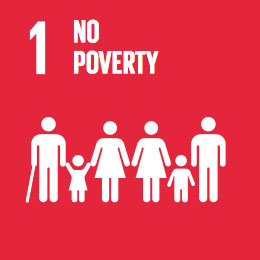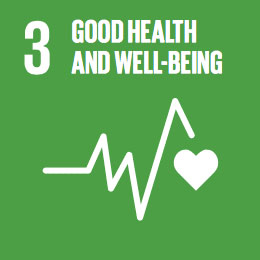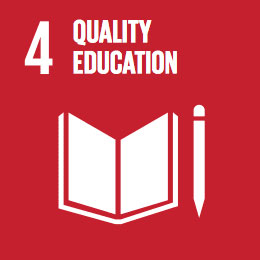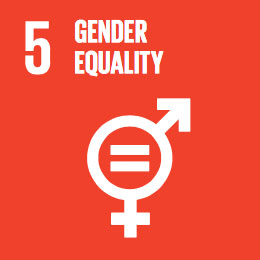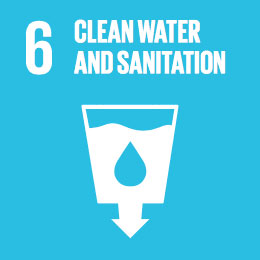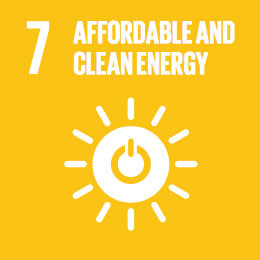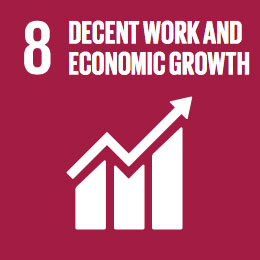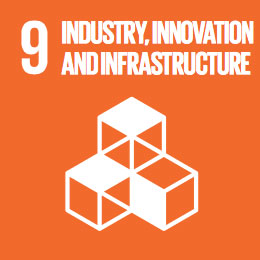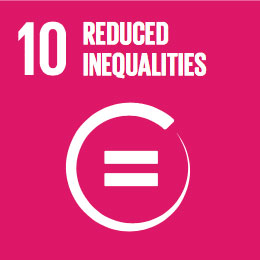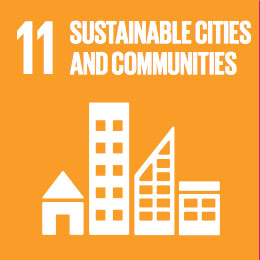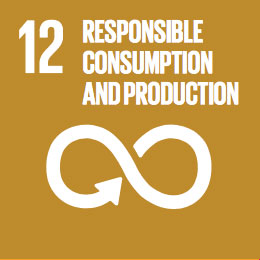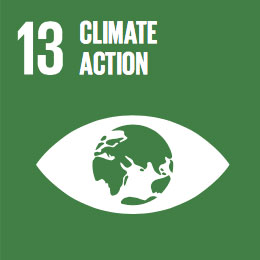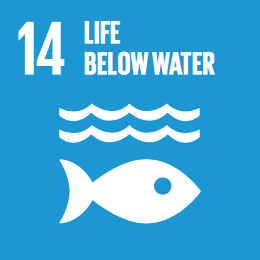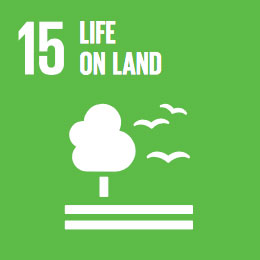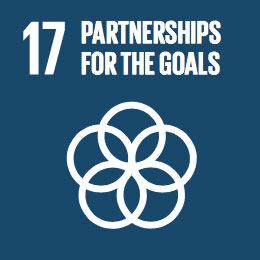Achieving Sustainable Development Goals through Space Science and Technologies
Why seek to explore Space when planet Earth’s numerous problems are yet to be fixed? Why travel to Space when our home planet’s resources is yet to be fully exploited? Why building satellites for space when there are so much issues to spend resources on here on Earth?
These questions amidst so many others keep recurring by an average person with very little or no knowledge of Space Science.
The answer to these questions is simply that
‘We need to explore Space to help us on Earth’
Satellites have played pertinent roles in improving the world today and have disrupted virtually all sectors of human endeavors particularly in reference to Science and Technology. Global coverage of satellites offers a unique approach to overcoming challenges. Information from satellites in space can help improve agricultural yields and mitigate environmental disasters. Amidst the enormous roles achievable with satellites in various sectors, actualizing the set goals of United Nation’s SDGs program is very possible with space science and technology.
Goal 1: Ending Poverty
Space technologies are central in forecasting natural disasters, coordination and subsequent aid provision, optimization of sustainable utilization of natural resources, provision of efficient support to vulnerable populations through mapping of populated areas and their access to basic services. Overall, space technologies can contribute to the prevention of people falling below the poverty line and help target specific support to those in need.
Goal 2: Ending Hunger
Satellite imagery play a very pertinent role in Agriculture and it is a component of “Smart Farming” which integrates precision agricultural system using spectral bands which develops vegetative index that represents crop vigour. Satellites are capable of acquiring information on Earth about agricultural land.
Goal 3: Ensure healthy lives and promote well-being for all at all ages
Health care has witnessed progressive changes on a global scale with utilization of space science innovative products and services particularly in health care mapping and telemedicine.
Goal 4: Ensure inclusive and equitable quality education and promote lifelong learning opportunities for all
Qualitative Education is a challenge whose solutions isn’t attributable to the Government alone but stakeholders and the populace too. Satellite technology and space education is basically needed to be taught in schools to provide firsthand knowledge about Space. Space Science can disrupt Educational sector by providing smart innovative GPS devices and tools which are embedded with educational apps in various subject areas to facilitate learning even from the comfort of homes.
Goal 5: Gender Equality
Gender equality remains a persistent challenge for countries worldwide and the lack of equality is a major obstacle to sustainable development. Space technologies can support women's empowerment through access to quality education even in remote and isolated communities, support for female entrepreneurship, through access to training, soft infrastructure, information and safety in the work environment and career development opportunities, often within STEM
Goal 6: Clean Water
Satellite images enable decision making process in adequate sites for water facilities, monitoring of reservoir, and providing early warning of shortages or excesses of water prior to the events of drought or flood.
Goal 7: Affordable and Clean Energy
The proportion of the world's population with access to clean fuels and technologies for cooking increased from 51% in 2000 to 58% in 2014, although there has been limited progress since 2010. Space technologies are central in critical infrastructure monitoring, particularly with regards to energy networks, Seismic surveying, identification of optimal sites for the production of renewable energy, solar and wind energy production forecasting to estimate the amount of energy that needed from other sources
Goal 8: Promote sustained, inclusive and sustainable economic growth, full and productive employment and decent work for all
Space sector is yet to be fully tapped and there are lots of job opportunities that accrues from it. Adequate provision of infrastructures with a spatial and equitable distribution is achievable with Satellite technology
Goal 9: Build resilient infrastructure, promote inclusive and sustainable industrialization and foster innovation
Both Goal 8 and 9 are interconnected. In the quest towards providing infrastructures and industries, jobs are created.
Goal 10: Reduced Inequality
Inequality persists and large disparities remain in access to health and education services and other assets. Space technologies can contribute in various ways, for example through Connectivity in remote and isolated areas, remote participation in democratic processes, and Reliable access to information, etc
Goal 11: Make cities and human settlements inclusive, safe, resilient and sustainable Smart City and housing challenges is surmountable with satellite technology.
The role of space science in Urban planning and housing cannot be over-emphasized. Satellite imagery has provided a great platform for Town Planners in analyzing and drafting plans for appropriate housing.
Goal 12: Responsible Consumption and Production
Sustainable consumption and production aims at "doing more and better with less", increasing net welfare gains from economic activities by reducing resource use, degradation and pollution along the whole lifecycle, while increasing quality of life. Space technologies can assist with natural resources management, food and dangerous goods traceability, monitoring of endangered species trafficking and products of human slavery, smart Agriculture by combining Earth observation, satellite telecommunications and Global Navigation Satellite Systems, spin-offs of In-situ resources utilization (ISRU), such 3d printing technologies to create structures in orbit, could have applications on Earth
Goal 13: Climate Action
Earth observation satellites enable global monitoring of deforestation, landslide, and pollution levels in water bodies.
Goal 14: Life below water
Satellites is useful in tracking and curtailing illegal fishing activities. This is possible using tools such as Automatic Identification System (AIS) transponders which shows the location of legal fishing vessels.
Goal 15: Life on Land
Satellites possess the capability of monitoring and protecting wildlife habitats on land by sending signals to caregivers or wildlife workers in cases of emergencies in the quest towards conserving wildlife species.
Goal 16: Peace, Justice and Strong Institutions
Space technologies are pivotal in conflict monitoring, enabling participation of remote and isolated communities in democratic processes, enforcement of legislation, and access to reliable information etc
Goal 17: Partnerships on Goals
These inclusive partnerships, built upon principles and values, a shared vision, and shared goals that place people and the planet at the center, are needed at the global, regional, national and local levels. Space technologies enable international cooperation initiatives, exchange of data and information, open source databases, sharing of infrastructure and exchange of technical know-how.
Why seek to explore Space when Apparently, we need to explore Space to exploit Earth’s resources positively and for posterity. The quest to protect and conserve planet Earth lies within us!

